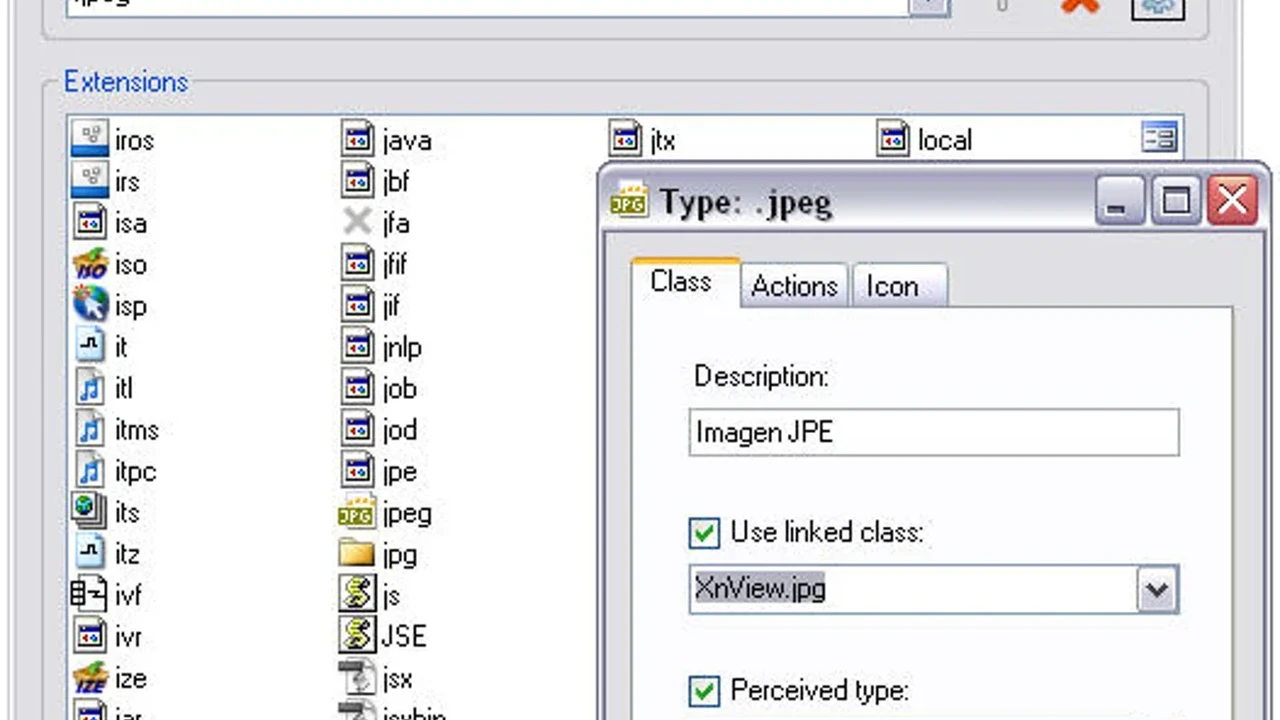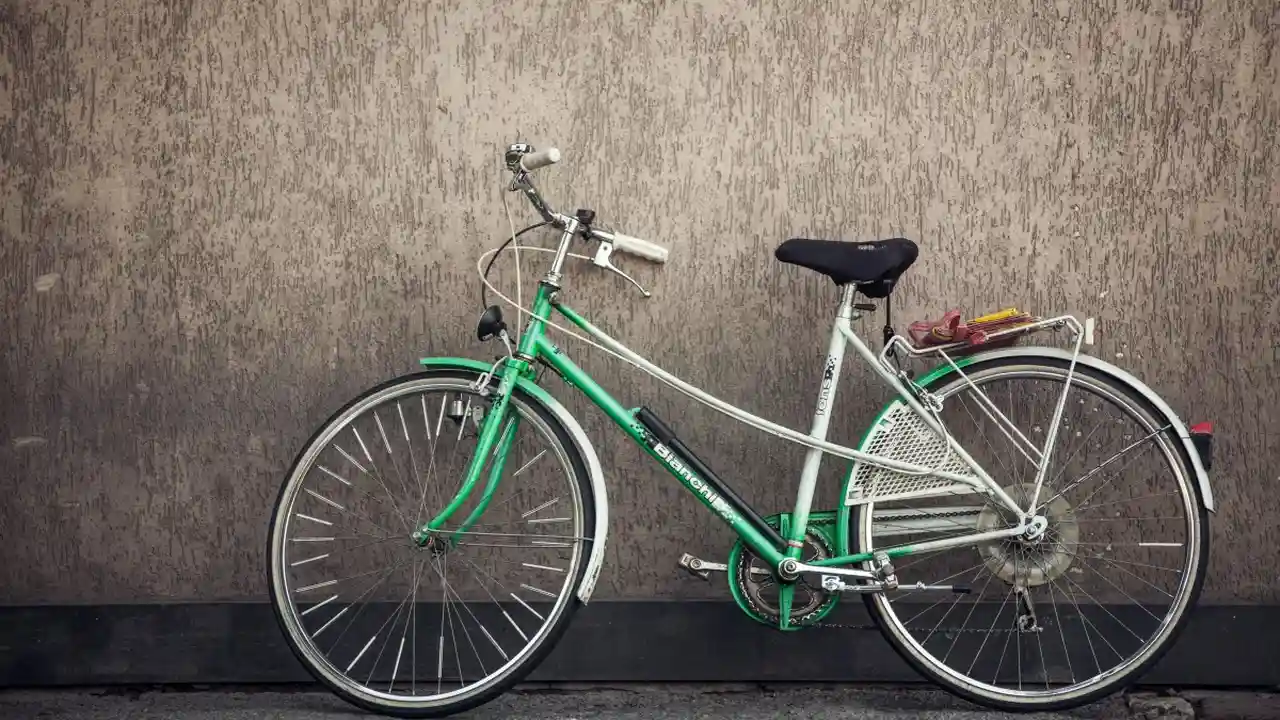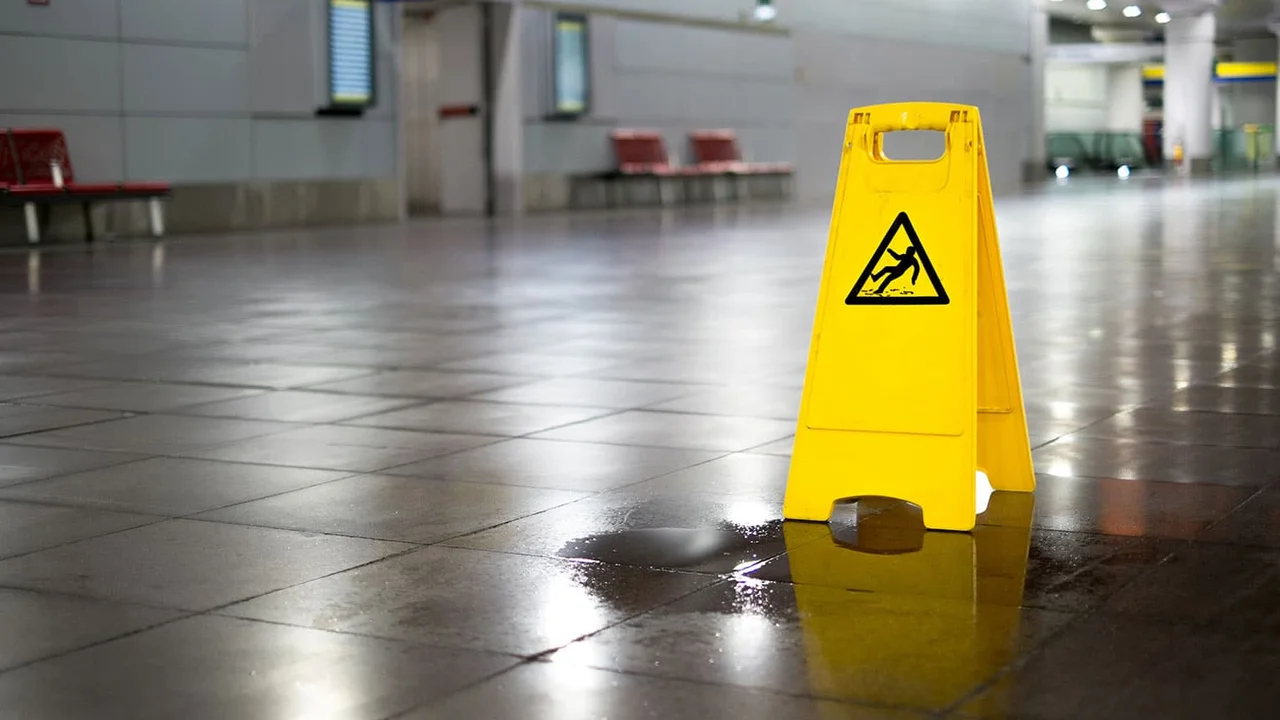3 Types of Workplace Injuries Explained
Understand the 3 most common injuries sustained in workplace accidents and their impact.

3 Types of Workplace Injuries Explained
Hey there! Ever wondered what kind of injuries people most commonly get at work? It's a pretty important topic, especially if you're trying to keep yourself and your colleagues safe. Workplace accidents can happen anywhere, from a bustling construction site to a quiet office, and even in a busy retail store. Knowing the most frequent types of injuries can help you understand the risks better and, more importantly, how to prevent them. We're going to dive deep into the three big categories of workplace injuries, what causes them, and what you can do about them. Let's get started!
Musculoskeletal Disorders MSDs Understanding Strains Sprains and Back Injuries
First up, we have Musculoskeletal Disorders, or MSDs. This is a huge category and probably the most common type of workplace injury you'll encounter. MSDs affect your muscles, nerves, tendons, joints, cartilage, and spinal discs. Think about it: if your job involves a lot of repetitive motions, heavy lifting, awkward postures, or even just sitting in a bad chair all day, you're at risk. The most frequent culprits here are strains, sprains, and back injuries.
What are Strains and Sprains in the Workplace
A strain is when you overstretch or tear a muscle or tendon. Tendons are those tough cords that connect muscles to bones. Sprains, on the other hand, involve ligaments, which are the tissues that connect bones to other bones. Both can be incredibly painful and debilitating. Imagine lifting a heavy box incorrectly and feeling a sharp pain in your back – that's likely a strain. Or perhaps you slip on a wet floor and twist your ankle – that's a classic sprain.
Common Causes of MSDs in the Workplace
- Repetitive Tasks: Doing the same motion over and over, like typing, assembling products, or scanning items.
- Forceful Exertions: Pushing, pulling, or lifting heavy objects.
- Awkward Postures: Bending, twisting, reaching, or working in cramped spaces.
- Vibration: Operating vibrating tools or machinery.
- Contact Stress: Pressing a part of your body against a hard or sharp object.
Preventing MSDs Ergonomic Solutions and Equipment
The good news is that many MSDs are preventable with proper ergonomics and the right equipment. Ergonomics is all about designing the workplace to fit the worker, not the other way around. Here are some ideas:
Ergonomic Office Chairs for Desk Workers
If you're at a desk all day, your chair is your best friend (or worst enemy). A good ergonomic chair supports your spine's natural curve, allows your feet to be flat on the floor, and has adjustable armrests. Here are a few popular options:
- Herman Miller Aeron Chair: This is often considered the gold standard. It's pricey, usually ranging from $1,000 to $2,000, but it offers exceptional support and adjustability. It's great for long hours of sitting and has a breathable mesh material.
- Steelcase Gesture Chair: Another premium option, typically $900-$1,500. It's designed to support a wide range of postures and technologies, perfect for those who frequently switch between devices.
- Ergohuman High Back Swivel Chair: A more budget-friendly option, usually $500-$800. It offers good lumbar support and adjustability, making it a solid choice for many office environments.
Lifting Aids and Proper Lifting Techniques for Manual Labor
For jobs involving heavy lifting, mechanical aids are a game-changer. Think about using pallet jacks, forklifts, or even simple hand trucks. But even with aids, proper lifting technique is crucial. Always lift with your legs, keep the load close to your body, and avoid twisting. Training programs on safe lifting are super important here.
Anti-Fatigue Mats for Standing Workstations
If you're on your feet for extended periods, anti-fatigue mats can make a huge difference. They reduce stress on your feet, legs, and back. You can find good quality mats for $50-$200, depending on size and material. Brands like GelPro and Smart Step are well-regarded for their durability and comfort.
Slips Trips and Falls Preventing Accidents on the Job
Next up, we have slips, trips, and falls. These might sound simple, but they account for a massive number of workplace injuries, from minor bruises to severe fractures and head trauma. They can happen anywhere, from a construction site to a retail store, or even in an office building. The key is understanding the hazards and taking steps to eliminate them.
Distinguishing Slips Trips and Falls in Workplace Settings
- Slips: Occur when there's too little friction between your feet and the walking surface. Think wet floors, oily surfaces, or loose rugs.
- Trips: Happen when your foot hits an object, causing you to lose balance. Uneven surfaces, cluttered walkways, or exposed cables are common culprits.
- Falls: Can be from the same level (like slipping and falling on a wet floor) or from a height (like falling off a ladder or scaffolding). Falls from height are often the most severe.
Common Causes of Slips Trips and Falls
- Wet or Oily Surfaces: Spills, rain, or cleaning activities.
- Loose Rugs or Mats: Unsecured floor coverings.
- Clutter and Obstructions: Tools, boxes, or debris left in walkways.
- Poor Lighting: Making it hard to see hazards.
- Uneven Surfaces: Potholes, cracks, or changes in floor levels.
- Improper Footwear: Shoes without adequate grip.
- Ladders and Scaffolding: Improper use or faulty equipment.
Safety Measures and Equipment for Fall Prevention
Preventing slips, trips, and falls often comes down to good housekeeping and proper safety protocols. Here's what can help:
Non-Slip Footwear for Industrial and Service Environments
For many jobs, especially in kitchens, healthcare, or manufacturing, non-slip shoes are a must. They have specialized soles designed to provide better traction on slippery surfaces. Brands like Skechers Work, Shoes For Crews, and Dr. Martens Industrial offer a wide range of styles, typically costing $50-$150. When choosing, look for shoes with oil-resistant and slip-resistant outsoles that meet ASTM F2913 standards.
Warning Signs and Floor Maintenance for Spill Management
Simple things like 'Wet Floor' signs are incredibly effective. Regular cleaning schedules, prompt spill cleanup, and ensuring proper drainage in wet areas are also crucial. For areas prone to spills, consider using absorbent mats. Brands like New Pig offer industrial-grade absorbent mats and spill kits, with prices varying based on size and absorbency, from $30 for a small mat to hundreds for a full kit.
Fall Protection Equipment for Working at Heights
If your job involves working at heights, fall protection is non-negotiable. This includes harnesses, lanyards, lifelines, and guardrails. It's not just about having the equipment; it's about proper training and inspection. Leading brands in fall protection include 3M DBI-SALA, MSA Safety, and Honeywell Miller. A full fall arrest system (harness, lanyard, anchor) can range from $200 to $1,000+, depending on the components and features. Always ensure equipment meets OSHA and ANSI standards.
Cuts Lacerations and Puncture Wounds Protecting Against Sharp Objects
Finally, let's talk about cuts, lacerations, and puncture wounds. These are common in many industries, from construction and manufacturing to food service and healthcare. While some might seem minor, they can lead to serious infections, nerve damage, and significant time off work. The key here is understanding the tools and materials you're working with and using appropriate personal protective equipment (PPE).
Defining Cuts Lacerations and Puncture Wounds
- Cuts: A clean separation of the skin, often caused by sharp objects like knives, glass, or razor blades.
- Lacerations: A jagged, irregular tear in the skin, often caused by blunt force trauma or tearing against a rough surface.
- Puncture Wounds: Caused by a sharp, pointed object piercing the skin, like nails, needles, or splinters. These can be particularly dangerous due to the risk of deep tissue damage and infection.
Common Causes of Cuts Lacerations and Puncture Wounds
- Sharp Tools: Knives, box cutters, saws, drills.
- Machinery: Moving parts, blades, or pinch points.
- Broken Glass or Debris: Shattered windows, broken bottles, metal shards.
- Needles and Syringes: Especially in healthcare settings.
- Protruding Objects: Nails, screws, or rebar.
- Animal Bites: In veterinary or agricultural settings.
Personal Protective Equipment PPE for Hand and Body Protection
The best way to prevent these types of injuries is through proper PPE and safe work practices. Here's what you should be looking at:
Cut-Resistant Gloves for Handling Sharp Materials
These are essential for anyone working with sharp objects. They come in various levels of cut resistance, rated by standards like ANSI/ISEA 105. For example, an A4 glove offers good protection for general tasks, while an A9 is for extremely high-risk applications. Brands like Ansell, Mechanix Wear, and Superior Glove are popular. Prices can range from $10-$50 per pair, depending on the cut level and material (e.g., Kevlar, HPPE).
Safety Glasses and Face Shields for Eye and Face Protection
Flying debris, splashes, or sparks can cause severe eye and face injuries. Safety glasses should meet ANSI Z87.1 standards. For more extensive protection, especially when grinding or welding, a face shield is necessary. You can find good quality safety glasses for $5-$20, while face shields typically cost $20-$50. Brands like Pyramex, Uvex, and 3M are widely used.
Puncture-Resistant Footwear for Construction and Industrial Sites
If you're in an environment with nails, screws, or other sharp objects on the ground, puncture-resistant footwear is a must. These boots often have a steel or composite plate in the sole. Look for boots that meet ASTM F2413 standards for puncture resistance. Brands like Timberland PRO, Red Wing Shoes, and Keen Utility offer excellent options, usually in the $100-$250 range.
So there you have it – a deep dive into the three most common types of workplace injuries. Remember, staying safe at work isn't just about following rules; it's about being aware of your surroundings, using the right tools and equipment, and always prioritizing your well-being. Stay safe out there!
:max_bytes(150000):strip_icc()/277019-baked-pork-chops-with-cream-of-mushroom-soup-DDMFS-beauty-4x3-BG-7505-5762b731cf30447d9cbbbbbf387beafa.jpg)





